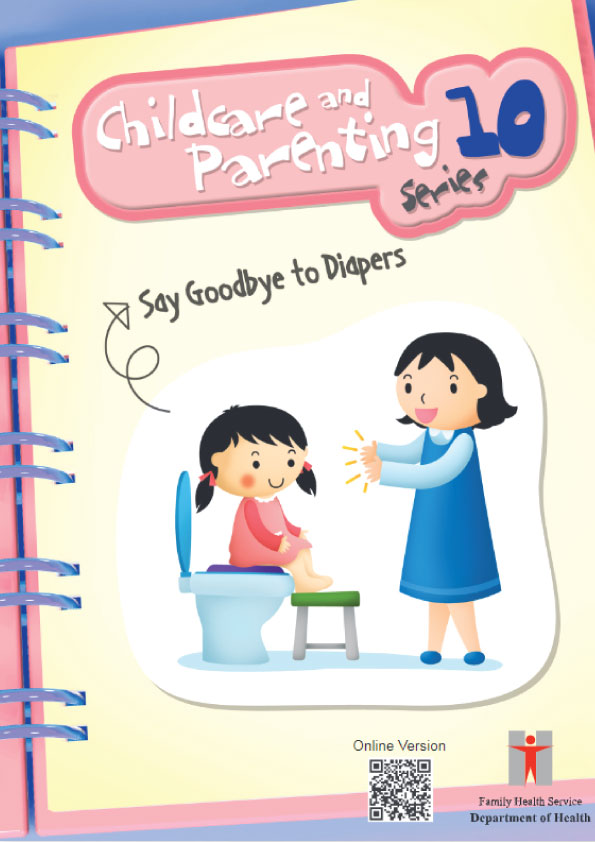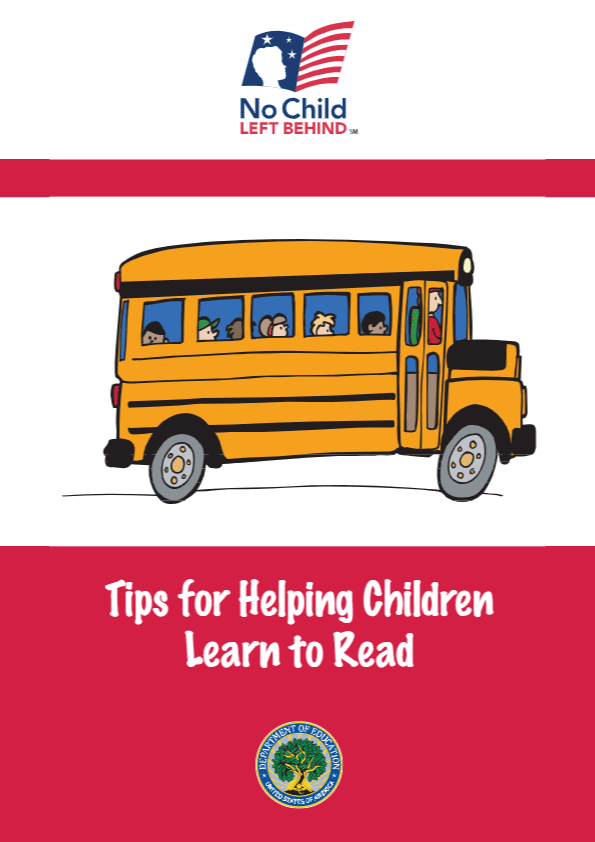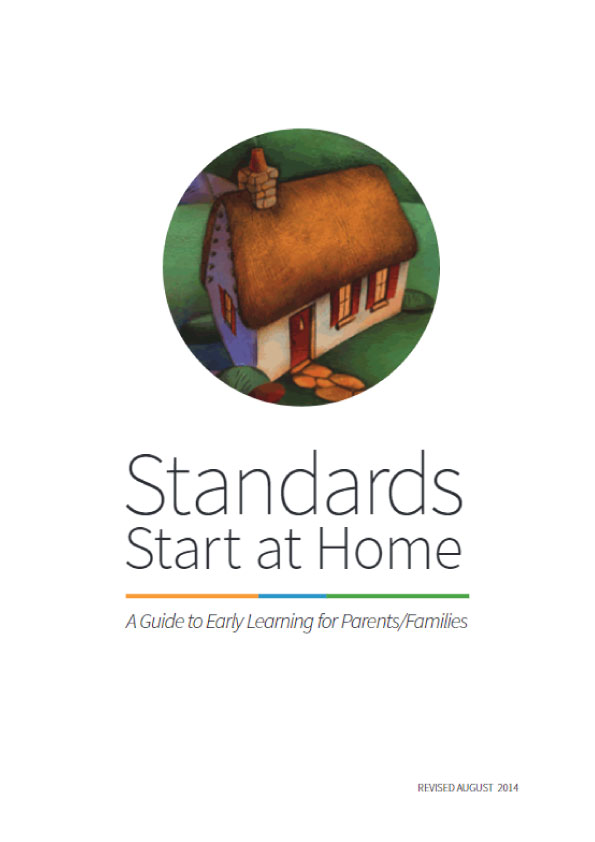Toilet training aims at helping a child learn to empty his bladder or bowel at the right time in a right place. Readiness in bowel and bladder control depends on a child’s physiological maturity. It is also a gradual learning process. Most children achieve daytime control between 2.5 to 4 years of age and have a dry bed by 8 years old. Children vary in their pace of development. Understanding your child’s characteristics and observing his progress are important for successful toilet training.
When to Toilet Train?
There is no hard-and-fast rule about the right age to start toilet training. The essential conditions are the physical and psychological readiness of the child. Generally speaking, children begin to show signs of readiness around 18 to 24 months old.
Starting toilet training at an early age does not mean that your child will complete toilet training early. Rushing the training before your child is developmentally ready could create resistance in her and frustration for both of you, thus causing tensions in your relationship. If the child shows resistance, anxiety or fear, do not put pressure on her. It is she who exerts the control over her own body.
Try to avoid toilet training at times when daily routine is likely to be disturbed such as going on a vacation, moving home, having a new baby sibling, or being ill. In such circumstances, it is better to defer the toilet training until things are back to regular and the child’s emotions are settled.
Signs of Readiness for Toilet Training
Observe your child’s pattern of wetting and soiling over a period of time. The presence of any of the following signs may indicate that he is ready:
- His diaper remains dry for at least two hours in the daytime, or he wakes up with a dry diaper after the daytime nap.
- His bowel movements are fairly predictable.
- He can follow simple instructions and show you through his facial expressions, gestures or words that his bladder or bowel is full, e.g. face reddened, stopping his actions suddenly, pulling his pants, grabbing his crotch, squatting down or saying ‘wee wee’, etc.
- He shows an interest in going to the toilet or sitting on the potty.
- He feels distressed when his diaper is soiled or wet.
Preparation for Toilet Training
- Always ensure that your child has sufficient daily intake of fluid and fibre. This will keep her stool soft and easy to come out, thus increasing the chance of her wanting to go to the toilet. Having a frequently full bladder also gives her more chances to practice going to the toilet.
- Let your child participate in choosing her own potty. The potty should have a wide base that will not tip over. Potty chairs with smooth edges are most comfortable for children. Having a urine guard at the front of the potty seat to protect from spraying is preferable for boys. Instead of using a potty, you may consider putting a child-size seat on an adult toilet together with a stepstool under your child’s feet for support.
- Place the potty where your child can reach easily, e.g. near her play area or at a corner of the living room. It should stay at the same spot.
- Before starting to toile-train, let your child get to know the potty. You may let her sit on it while doing something else, or pretend in play to practice the steps of the process.
- Tell her stories or play games about toilet training with her.
- It may be easier to start toilet training in the warmer seasons. Wearing fewer and lighter clothes helps your child learn to pull down her pants more easily.
- During the day, let your child wear loose clothing and pants that are easy to pull down instead of diapers. You may choose towel training pants which absorb ‘accidents’ and help the child realize they are wet, thus breaking the association between having passed urine or stool in diapers and remaining comfortable.
- Your child may learn better by imitating the parent or a sibling of the same sex in going to the toilet.
What to Do in Toilet Training?
When you and your child are ready, you may start toilet training. Remember to be consistent in following the routine every day:
- Pick an appropriate time to start. It will be a better start if you can spare half a day at home and feel relaxed.
- Observe whether your child has a regular pattern of wetting and soiling. Bring him to the toilet at such times.
- You may ask him to use the toilet / potty when he wakes up in the morning, after meals, or before bedtime. With time, his time to use the toilet will gradually fit into his daily routines.
- Explain to your child the steps in going to the toilet:
- Tell Mummy or Daddy
- Go to the toilet / potty
- Take off the pants
- Sit on the toilet seat/potty
- Try to do a wee, or a poo
- Wipe clean
- Put on the pants
- Wash hands
- Watch for signs when your child needs to go to the toilet. Ask him if he wants to have a wee or a poo, and then encourage him to follow the steps in a relaxed manner.
- If he refuses to go, do not force him. Wait for the next time.
- If he passes urine or stool in the potty successfully, do praise him. If he sits on the potty for a few minutes but does not pass anything in it, you still have to praise him for sitting. Let him get up and go back to play.
More Tips
- When teaching boys to urinate, do not insist them to stand. During the initial period of training, it may be easier for them to sit down to do so.
- When starting to toilet-train, stay by the side of your child and offer assistance when she needs it.
- Successful toilet training needs time and patience.
- When your child accidentally soils or wets her pants, just calmly help her clean up and remind her of the steps in going to the toilet afterwards.
What shall I do if my child doesn’t let me take off the nappy?
Some children may resist using toilet or potty to poo. Let your child sit on the potty with nappy on. After she has pooed, take off the nappy and put it into the potty. Gradually, you can try putting the nappy into the potty before she sits on it.
How Long Does it Take?
Children do vary in the time they need for toilet training. Some may be trained in 3 to 4 weeks’ time while others take much longer. Even when toilet training is completed, children are likely to experience accidents and even regressions in times of stress. Do not worry if your child is slower or faster than others. Learning to urinate may be easier than to empty the bowel in a potty. It is normal for many children to insist to empty their bowel in their diapers. Maintaining your child’s interest in the toilet training activities will help him grow out of the pattern eventually. Be patient and enjoy the process as he learns it with time.











